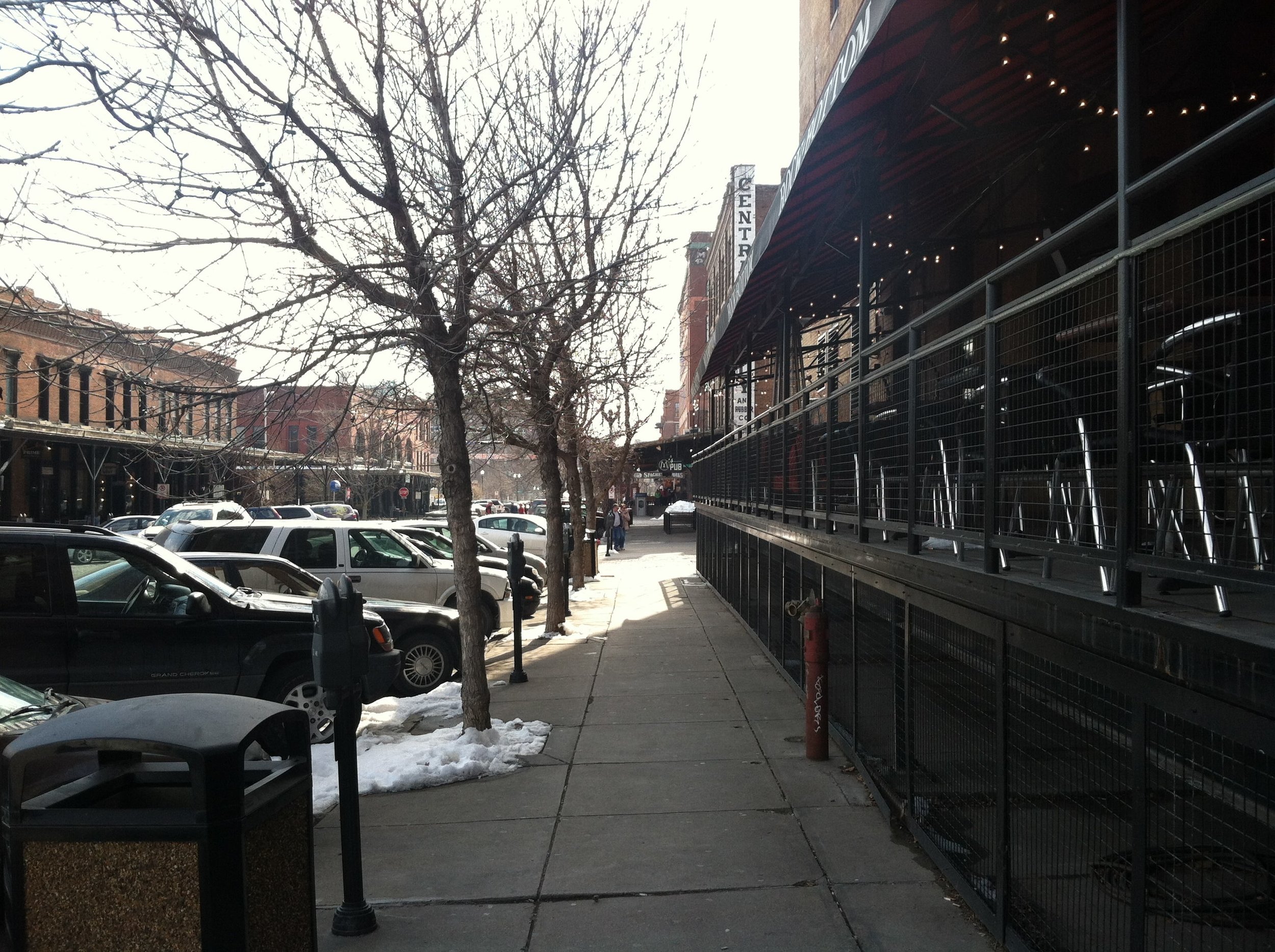Let's End "Entertainment Districts"
I spent a weekend visiting a friend in the Old Market Warehouse District of downtown Omaha.
Believe it or not, Omaha has some good urbanism. There is a solid urban form, nice architecture and it’s all intertwined into a historic fabric. Minus the excessively large one-way streets, most urbanists would be very pleased to replicate this in their hometowns.
There is a problem with Omaha’s best urban neighborhood: It’s loud, drunk and single-use. Correction. That’s only on Friday and Saturday night. The problem with Omaha’s best urban neighborhood: It’s silent, empty and single-use.
While originally having many diverse purposes, the Old Market neighborhood now is mainly articulated around one function: entertainment (and the odd antique shop). This would be tolerable if Omaha had other similar neighborhoods. They don’t – and neither do most American cities. That is precisely why we can’t be surrendering our best places over exclusively to entertainment.
We should not be disconnecting our downtowns from all other aspects of life. And, while it’s tempting to pursue entertainment as a vehicle of downtown revitalization, it will only get you so far. Proposals for entertainment districts occasionally sprout up in City Council meetings as the next big thing. While it certainly is tempting in its efforts to capitalize on people’s passion for retail, sports, food and drink, it is a development prospect that should be viewed with skepticism.
You’ll find two types of entertainment districts: overnight and naturally-occurring. (Read more about the differences here.) To its credit, Omaha has the better of the two – a naturally-occurring district composed of many different businesses, buildings, landlords and decision-makers. The area has the ingredients of other successful places, but it’s hard not to feel that something is missing.
It lacks one crucial element: people. Since entertainment is more or less modern code-speak for food and drink., it means that if it isn’t a weekend, these places are silent. For a place to be successful, it needs people. All types of people – not just twenty-somethings on a Friday or Saturday night out.
This policy needs to shift from making cities places to visit, and concentrate on making them places to live. Entertainment districts, even the best ones, can fail at creating a lively mix of retail, residential, commercial and civic space. Unless you’re a certain demographic, these are isolating locations, usually not worthy of the public affection beyond the handful of large sporting events, conventions or Friday night bar excursions. In fact, show me an existing or proposed entertainment district and I’ll show you a struggling city. Yet, we still continuously encourage entertainment as a revitalization tool.
Unfortunately, these types of environments don’t help in attracting other sorts into the urban settings. Baby boomers and families with young children aren’t going to be attracted to these places and want to be surrounded by the airport of late-night noise pollution. It’s hard not to feel that naturally-occurring entertainment districts are closely related to adult theme parks.
Paris and Florence don’t have entertainment districts. Neither does San Francisco. Melbourne doesn’t either. What these cities have are spaces for people. In the Midwest, we don’t have a lot of these great places or a long urban or architectural history, and the areas that we do have need to be done well (and expanded). That’s not to say that the activities that take place in the Old Market should be regulated or banned, but they should be more open to other activities. There is nothing inherently wrong with a district that encourages bars or arts, but it must be done right. Whatever the case, it cannot become a single-use monoculture.








When a new brewpub, restaurant, or entertainment venue opens in your town, is this a sign of growth, or merely a shift in where patrons spend their dollars? And what does that imply about cities that subsidize such things?